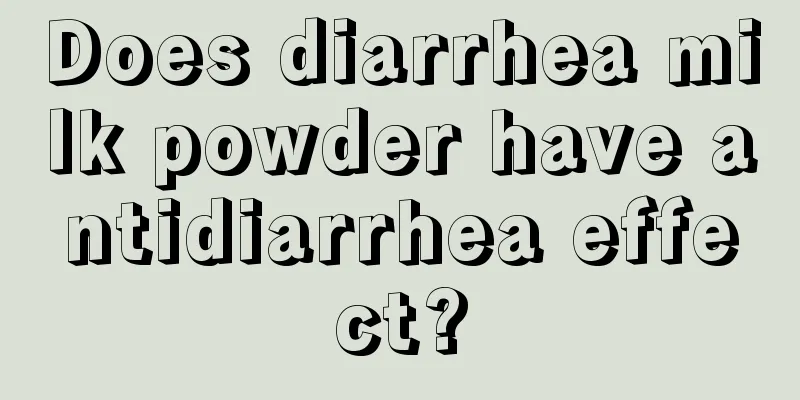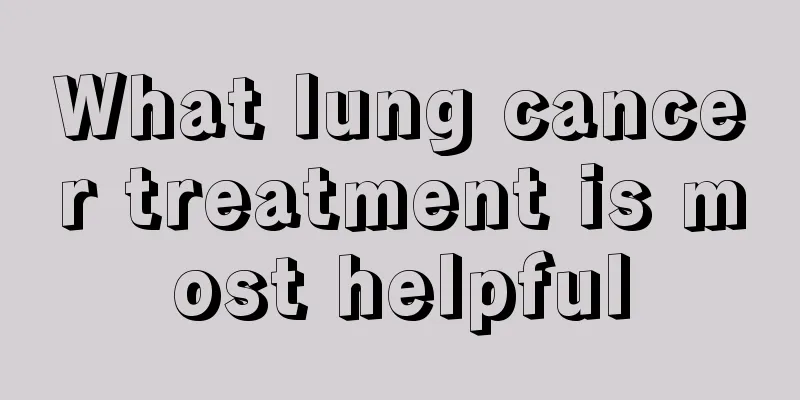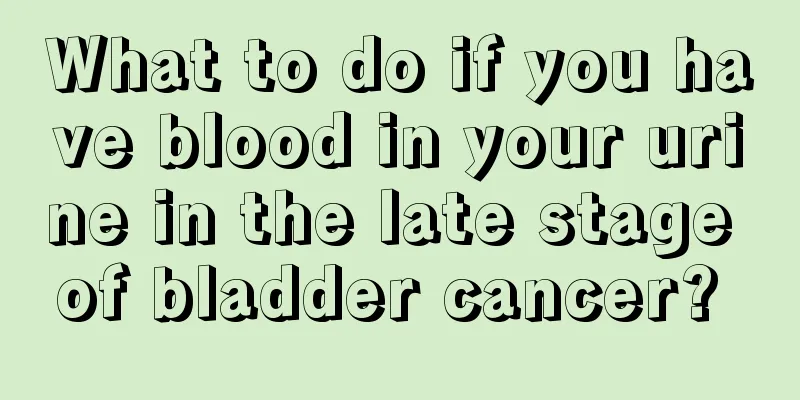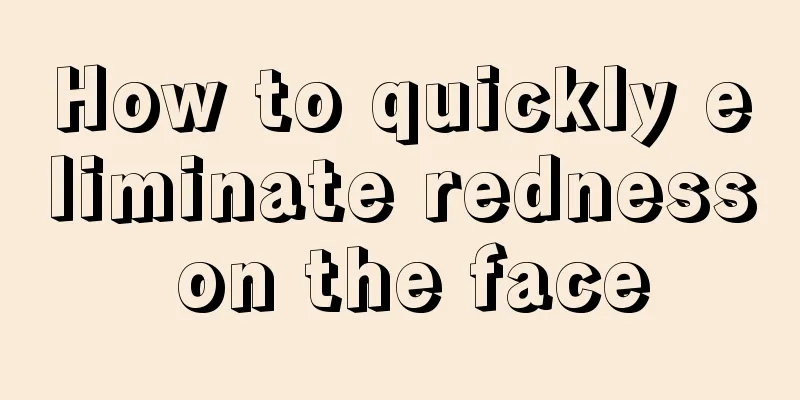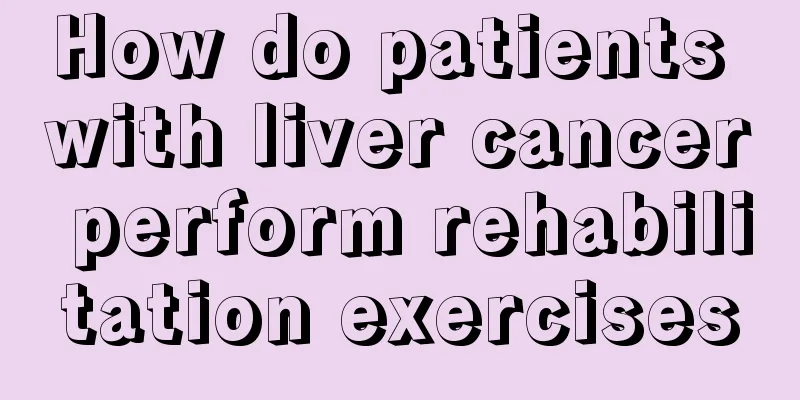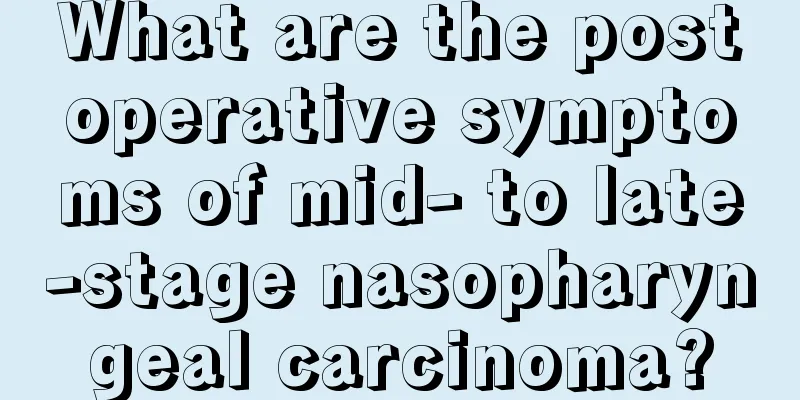What is a blocking needle?
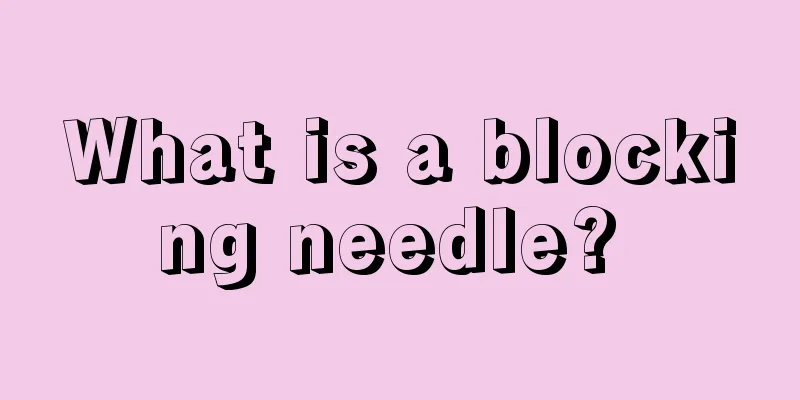
|
Modern medical technology has developed very rapidly, bringing great protection to people's health, but the types of diseases are also increasing, causing great troubles to people's lives. For example, various joint inflammations and muscle injuries have had a great impact on people's lives. The treatment of such diseases is often treated with blocking needles. Let's take a look at what blocking needles are? Blockade injection is a blocking therapy. Blockade therapy is a method of treating some pain by injecting local anesthetics of different doses and concentrations into local tissues. When a certain tissue or organ in the human body becomes inflamed, damaged or painful, it will arouse local nerve impulses and transmit them to the human central nervous system, affecting the functional activities of the central nervous system. In order to block the afferent pathway of nerve impulses, maintain the normal function of the central nervous system, improve the nutrition of local tissues, facilitate the disappearance of local inflammation, repair of injuries and relief of pain, blockade therapy can be implemented. Commonly used methods include pain point closure, intra-tendon sheath closure, bursa closure, joint cavity closure, periosteum closure, and myofascial closure. Indications 1. Muscle damage Acute or chronic injury or degeneration of muscles, ligaments, fascia, tendon sheaths, and synovium in various parts of the body. 2. Osteoarthritis Such as lateral epicondylitis, traumatic arthritis, etc. Precautions 1. Before the operation, you should be familiar with the local anatomy of the injection site and draw back blood during injection to avoid damaging nerves and injecting into blood vessels. 2. Identify the injection site. For fasciitis, only the tender fascia should be blocked. For tenosynovitis, the drug should be injected into the sheath. For tendinitis, the tendon in the tender area and its attached bones should be blocked. For bursitis, the drug should be injected into the diseased bursa. 3. Pay attention to strict aseptic operation to prevent infection within the tendon sheath or within the closed area. 4. Use medication rationally. The injection site is sealed accurately according to the prescribed dosage and method, and a small amount of medicine can be effective. If closed treatment is required again, there should be an interval of 1 to 2 weeks. Repeated use of glucocorticoids will aggravate the degeneration of tendons and ligaments. 5. Generally, if the occlusion site is accurate, tenderness and pain will disappear immediately. If the blockade is performed in an area with high tension, or if there is bleeding in the blocked area, the pain will increase, especially on the evening of the day of the blockade. The pain will gradually disappear after the swelling subsides. 6. If swelling, redness or heat occurs within a short period of time after injection, be alert to infection. |
<<: What causes right front chest pain?
Recommend
Will I get fat if I really want to eat recently
As the saying goes, a good heart makes the body f...
What kind of plant is Asparagus corydalis
As the name suggests, Agaricus serrata is a slend...
What are the ways to restore hearing?
The importance of hearing to the human body is se...
How to get rid of the loose belly fat
Obesity and aging will cause the belly to be loos...
Is lung cancer contagious? What effect does Lingzhi have on lung cancer?
Lung cancer is a very harmful disease to the huma...
How long does it take for tuberculosis lesions to be absorbed?
Tuberculosis was an incurable disease in ancient ...
The role of 24-hour urine protein
What is 24-hour urine protein used for? The 24-ho...
What to do if braces are loose
Various situations will be encountered during the...
The dangers of long-term use of essential oil soap
As our requirements for quality of life become hi...
How to wash a silk quilt, this is the best way to maintain it
Silk quilts are something that every family uses....
What are the effects of preoperative radiotherapy for lung cancer
Now, according to the purpose to be achieved, rad...
5 types of people should be careful when taking Euthyrox side effects
Euthyrox is a drug for treating thyroid diseases....
What to eat the next day after a hangover
Many men will fall asleep after drinking too much...
How much does chemotherapy for small cell lung cancer cost? There are four factors that affect the price
Everyone is familiar with lung cancer. The key to...
Why can selenium prevent liver cancer? What is the fastest way to supplement selenium to prevent liver cancer?
There are many people with liver disease in my co...
